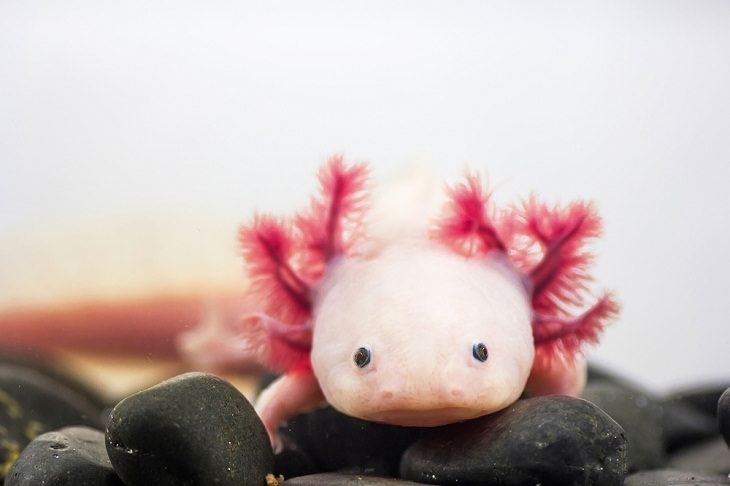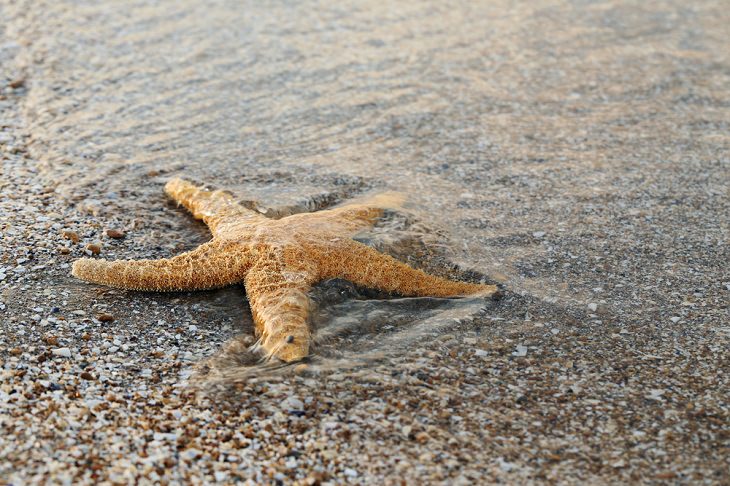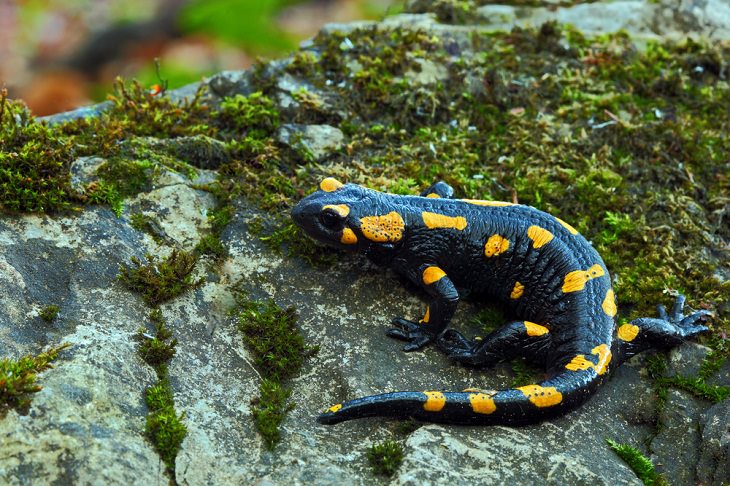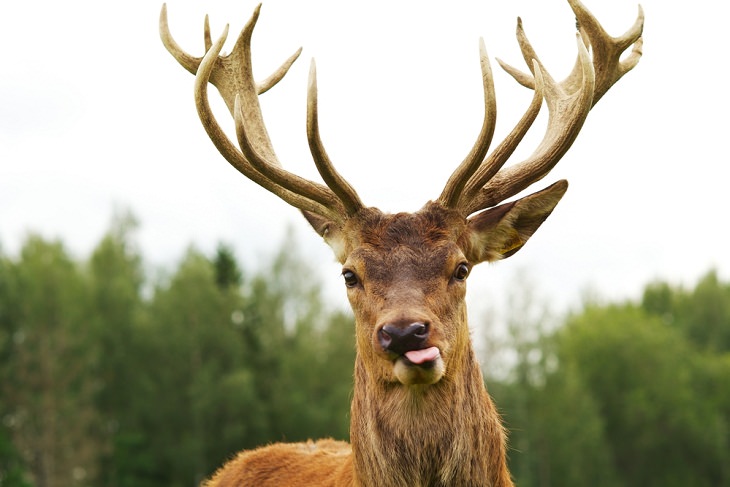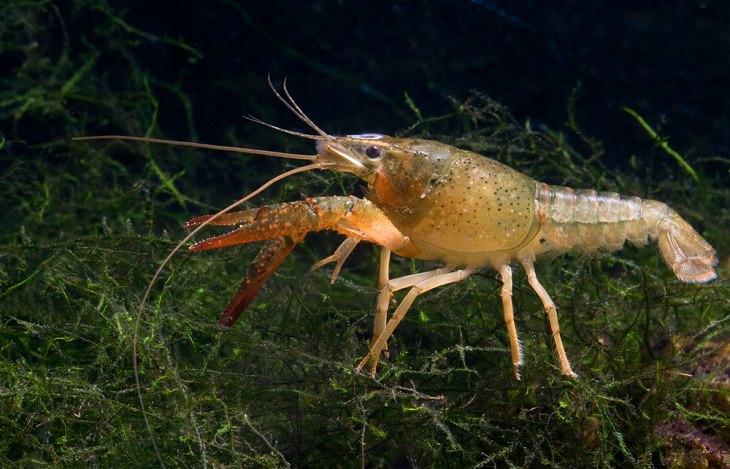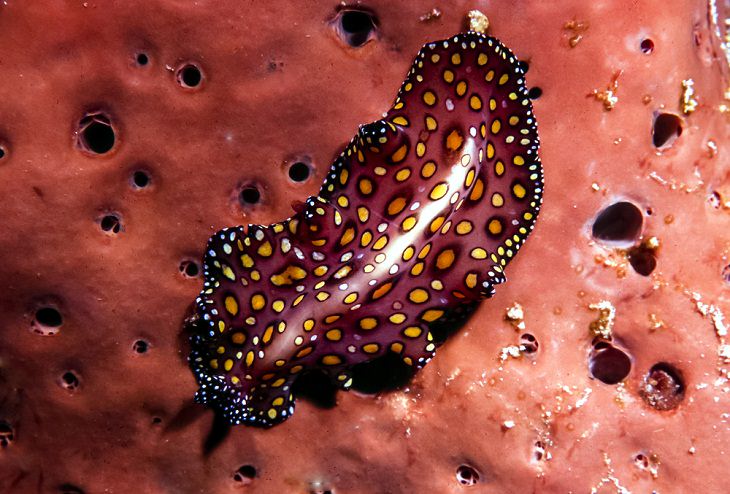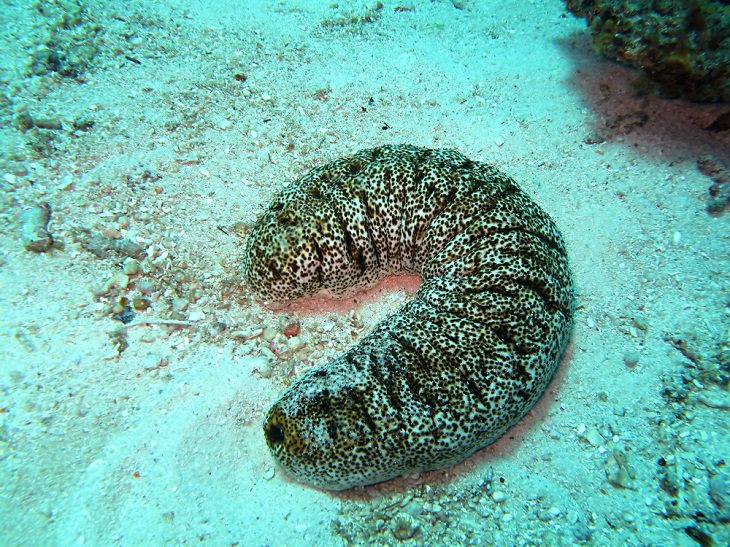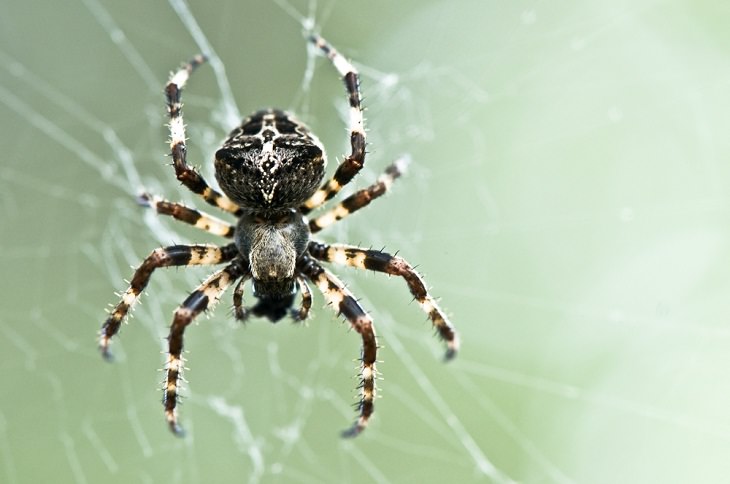The axolotl is an aquatic salamander that has the ability to regenerate not just its limbs, but also its spinal cord, heart, eyes, lower jaw, and parts of its brain. Researchers found that each time a limb was removed from the axolotl’s body, it regrew almost perfectly. Moreover, if these creatures are paralyzed in the back they can recover the functions of their legs.
Incredibly, axolotls can also make completely new neurons and new connections that allow them to use their legs again. This is truly one of the most extraordinary examples of recovery in nature.
It is for this reason that the unique aquatic animal has been a favorite study subject among scientists. Axolotls have been the focus of research into human limb regeneration and there’s hope that a breakthrough in this regard might just be around the corner.
2. Sea Star (Asteroidea)
The Sea Star or Starfish has the power to regenerate its arms and sometimes even its whole body. These five-limbed creatures can regrow arms that detach from their central disc. In fact, some species of starfish have been found to regrow an entire body from a lost arm. To achieve this feat, the starfish stores nutrients in the arm until it regrows its mouth. Thus, this unique creature can grow into an entirely new body as long as its central nerve ring remains intact.
Interestingly, though, the starfish isn’t a fish, it’s an echinoderm. Hence, marine scientists are trying to rename them Sea Star in the hope to rebrand the animal.
3. Salamander (Urodela)
Salamanders can regrow a lost tail to full length; a feat that even lizards can’t achieve. The amphibious salamander may surrender its tail to the enemy as a defense mechanism. However, in just a few weeks, it can grow a completely brand new one. This complex process of regeneration involves rearranging the cells at the wounded area and allocating them a new specialization. Within 40-45 days, the finished appendage is completely operative.
New research indicates that immune cells called macrophages are important for regeneration in salamanders as they help to control inflammation that would hinder the process. That’s not all – the regrown part of the salamander has all the features of the original, with the spinal cord and nerves growing back as well.
4. Deer (Cervidae)
Deer antlers are the only organ that can fully regenerate in mammals. In fact, experts say that an antler growing back is one of the most extreme examples of regeneration out there. All deer species shed their antlers in winter, and regrow from spring through late summer. The growth rate of the antlers is quite fast, too - a quarter-inch per day. The male deer shed their antlers because a persistent drop in testosterone ends their life cycle. Initially, the antlers start as little nubs during summer and reach their full potential by the end of August.
A deer can regrow 60 pounds (27 kilograms) in just three months. Males grow antlers to compete with other males for mates and to search for food. This regeneration process is launched and maintained by neural-crest-derived stem cells and is now being studied by scientists to try and emulate organ regeneration in other mammals.
5. Crayfish (Cambarus)
Crayfish are cousins of lobsters and can be found on five continents. They are freshwater crustaceans that inhabit rivers, lakes, dams, streams, and ponds. If the crayfish loses its claw or leg to an injury, it can comfortably regrow them. This regeneration process usually takes a few weeks but can happen faster if the crayfish is younger, healthier, and warmer.
Scientists have also found a connection between the immune system and the regeneration of neurons in crayfish. This is similar to how the white blood cells are harbored in a ‘nursery’ in humans where they are converted into neurons and play a key part in our immune system.
6. Flatworm (Platyhelminthes)
Flatworms or planarian worms are known as the masters of regeneration. For centuries, it has been observed that if you cut them in half it will regenerate to become two worms. In fact, they can re-build any part of their bodies after amputation – an ability that they get from pluripotent stem cells in their bodies.
Over the years, researchers have been trying to discover the full potential of the flatworm’s ability to regenerate. In 2011, MIT researchers transplanted a special cell into a dying and irradiated flatworm and the animal was successful in regenerating completely. Then, in 2013, researchers at the Max Planck Institute of Molecular Cell Biology and Genetics in Germany discovered a molecular switch in a flatworm that allowed it to grow a new head. It has also been found that a decapitated flatworm, apart from growing a new head, can even retain learned information.
7. Sea cucumber (Holothuroidea)
Sea cucumbers are marine invertebrates that live on the seafloor and are named so because of their peculiar oblong shape that resembles a fat cucumber. As a defense mechanism, sea cucumbers often violently contract their muscles and discard certain organs as a distraction technique.
Amazingly, however, the missing body parts are quickly regenerated. They can regrow their damaged parts and even heal deep wounds in just about a week. Sea cucumbers can also regenerate their entire digestive tract if needed. Now imagine having the ability to simply build yourself a new digestive tract if you aren’t happy with the old one!
8. Spider (Araneae)
Spiders are cool creatures that can regrow any one of their eight legs if they accidentally lose one. A spider’s body is covered in a hard outer skin known as an exoskeleton. When a young spider’s body begins to mature, it sheds this hard outer skin to make space for its growing body. This developmental stage is also known as molting where the spider sheds its exoskeleton.
Before reaching its full size, a spider will molt several times. This shedding also gives the spider the ability to regenerate some body parts. So, if they lose a leg or two during this phase, they can regrow it. However, the new leg will usually be a bit smaller than the others.
Liked this post? Please do share it with other animal lovers...

